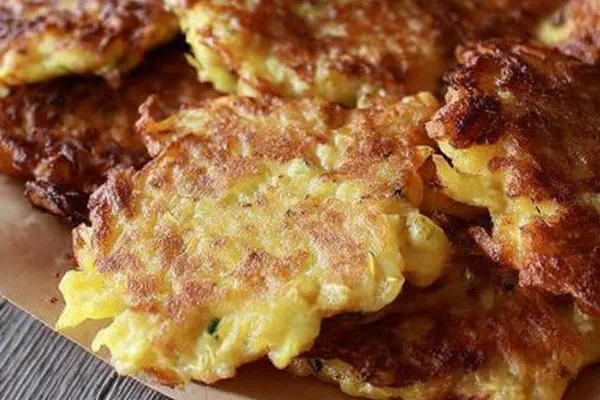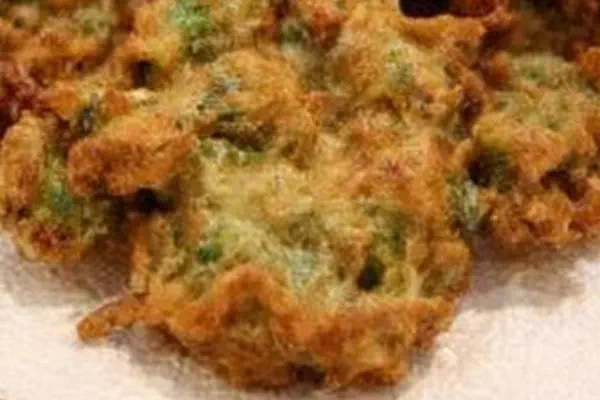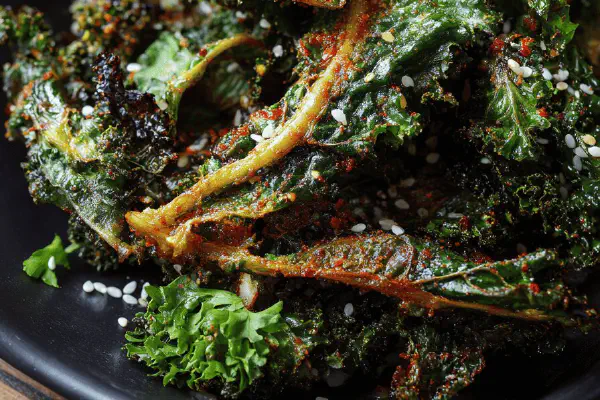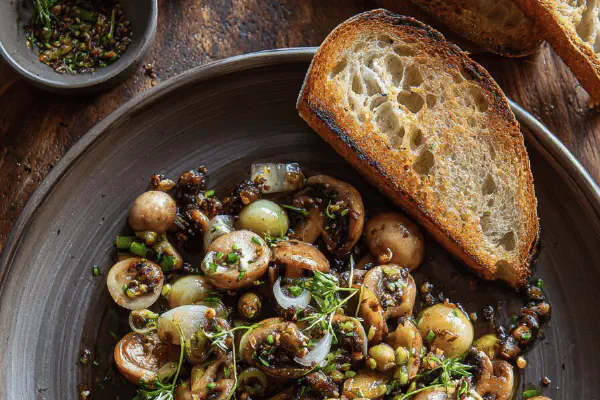Featured Recipe
Shrimp Dim Sum
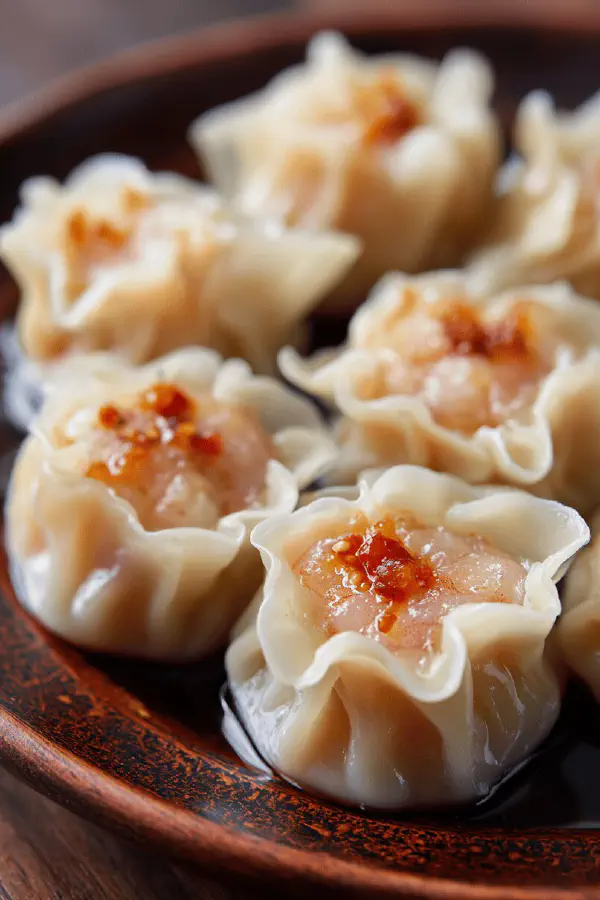
By Kate
"
Shrimp dumplings steamed to tender, soft translucency. Bamboo shoots swapped with water chestnuts for crunch contrast. A touch of fresh ginger and soy sauce added to the filling for depth. Pliable rice flour dough wraps the stuffing, pinched tight to keep juices in. Listen for steam’s hiss, look for skin turning glossy and slightly opaque. Peel shrimp just right or raw flavor lingers. Avoid sogginess; drain excess moisture from filling. Serve with chili oil or black vinegar. No nuts, dairy, gluten-free, skim sesame oil for mild aroma.
"
Prep:
35 min
Cook:
7 min
Total:
42 min
Serves:
30 pieces
shrimp
dim sum
appetizers
Asian
gluten-free
Introduction
Shrimp dim sum demands attention to texture and balance. The dough must be thin but resilient—too thick, turns gummy; too thin, tears and filling leaks. Choosing water chestnuts over bamboo adds crispness beneath tender shrimp, wrecks monotony. Ginger’s zing counters seafood’s sweetness; soy sauce deepens umami without overpowering. Handling raw shrimp with care — chop finely for uniform bite, bind with egg but not too wet or watery — keeps filling cohesive. Steaming’s art lies in watching, listening; bubbling steam signals temperature, aroma tells doneness. Practiced hands know when to pull dumplings, avoiding a tough chew or soupy mess. No shortcuts around resting dough; crucial for flexibility. Tool: damp towel, tight seal, good spatula. Dim sum honors patience and precision in equal measure.
Ingredients
Dough
- 150 g rice flour
- 60 g tapioca starch
- 200 ml boiling water
- 10 ml vegetable oil
- 220 g raw peeled shrimp, finely chopped
- 80 g water chestnuts, finely diced
- 1 egg
- 1 tbsp soy sauce
- 1 tsp grated fresh ginger
- pinch salt
- pinch sugar
- 8 ml light sesame oil
Filling
About the ingredients
Rice and tapioca starch combo forms that classic translucent skin. Tapioca brings chew; rice flour gives structure. Boiling water partially gelatinizes starches, creating pliability. Let dough rest to hydrate fully, easy rolling later. Shrimp must be fresh, raw, peeled—flavor dulls with precooked. Water chestnuts add crunch, but if unavailable, jicama or celery chestnuts work. Egg binds filling like glue; skip if vegan but expect crumbling. Light soy sauce and sesame oil flavor without overwhelming delicate shrimp. Fresh ginger a must for heat and brightness. Avoid salted soy; disrupts moisture balance. Keep filling dry: drain shrimp well, pat water chestnuts dry. Overly wet stuffing = leak and soggy wrappers. Hand moisture control above all.
Method
Filling
- 1. Toss chopped shrimp, water chestnuts, soy sauce, ginger, salt, sugar, and sesame oil in a bowl.
- 2. Crack in egg for binding; mix but do not overwork or textures get mushy.
- 3. Sift rice flour and tapioca starch in heatproof bowl.
- 4. Pour boiling water gradually, stirring constantly to form sticky dough.
- 5. Knead with oiled hands while still warm until smooth and elastic; cover and let rest 15 minutes.
- 6. Divide dough into 30 equal pieces; roll into thin circles around 6 cm diameter, dust with starch to prevent sticking.
- 7. Place about 12 ml filling in center of each, wet edges lightly with water, fold over to a half-moon.
- 8. Pinch edges firmly, pleat if desired to seal tight; any gaps lose juices during steaming.
- 9. Preheat steamer; line steamer basket with parchment or cabbage leaves to prevent sticking.
- 10. Arrange dumplings with space to expand, steam over high heat for 7 minutes or until skin turns shiny and slightly translucent and shrimp inside are opaque.
- 11. Avoid overcooking; overheating toughens dough and shrinks filling, dry texture.
- 12. Remove carefully with spatula; serve hot with black vinegar or chili oil.
- 13. Watch for steam burbles and aroma changes—fresh ginger pops out, shrimp scent intensifies.
Dough
Assembly
Cooking
Technique Tips
Filling takes just a few minutes — mix to combine, avoid overmixing else tough. Dough requires hot water gradually poured; temperature critical—too hot scorches flour, too cool fails partial gelatinization. Knead warm dough on oil-dusted board—not sticky, springy texture sought. Rolling thin like paper but strong; flour edges with tapioca starch not regular flour, prevents dulling glassy skin. Seal with water or egg wash, pinch tight at edges for air-free pockets. Steaming needs steady, powerful heat. Use perforated liner or leave gaps on cabbage leaves to avoid soggy bottoms. Seven minutes’ a guideline—check skin appearance: translucent, taut, and slightly shiny. Overcooked dim sum shrinks filling, grainy dough. Serve immediately; dumplings firm up on cooling. Re-steam briefly if needed. Leftovers? Reheat by steaming only; frying dries wrappers. Tools: bamboo steamer or metal with lid, parchment circles recommended.
Chef's Notes
- 💡 Chop shrimp finely for uniform bite. Don’t rush—avoid overmixing filling. A gentle hand leads to perfect texture. Drain water chestnuts well. No sogginess.
- 💡 Watch dough while kneading; warm but not hot. Sticky hands, use oil. Rest dough for at least 15 minutes. Flexibility key—it rolls easily later.
- 💡 Dust work surface with tapioca starch. Not regular flour. Helps maintain texture. Roll dough thin like paper—want see through but not tear. Careful.
- 💡 Check steam for visual cues. Bubbles and hisses tell you things. Dumplings need about seven minutes. Look for glossy, slightly opaque skin.
- 💡 Serve dim sum immediately. They firm up as they cool. Can re-steam leftovers. Avoid frying—makes wrappers tough. Proper steaming is crucial.
Kitchen Wisdom
How do I store leftovers?
Can refrigerate for a day tops. Best to re-steam. Freezing's tricky—might change texture. Not recommended.
What if the filling oozes out during cooking?
Check dough sealing. Pinch tight—no air pockets. Avoid moisture, drain well. Keep it dry.
Alternatives to water chestnuts?
Jicama or diced celery work okay. Different crunch, but still good. Pick what’s available.
What can I serve with these dumplings?
Black vinegar; adds depth. Chili oil gives heat. Pair with fragrant tea or light soup.
